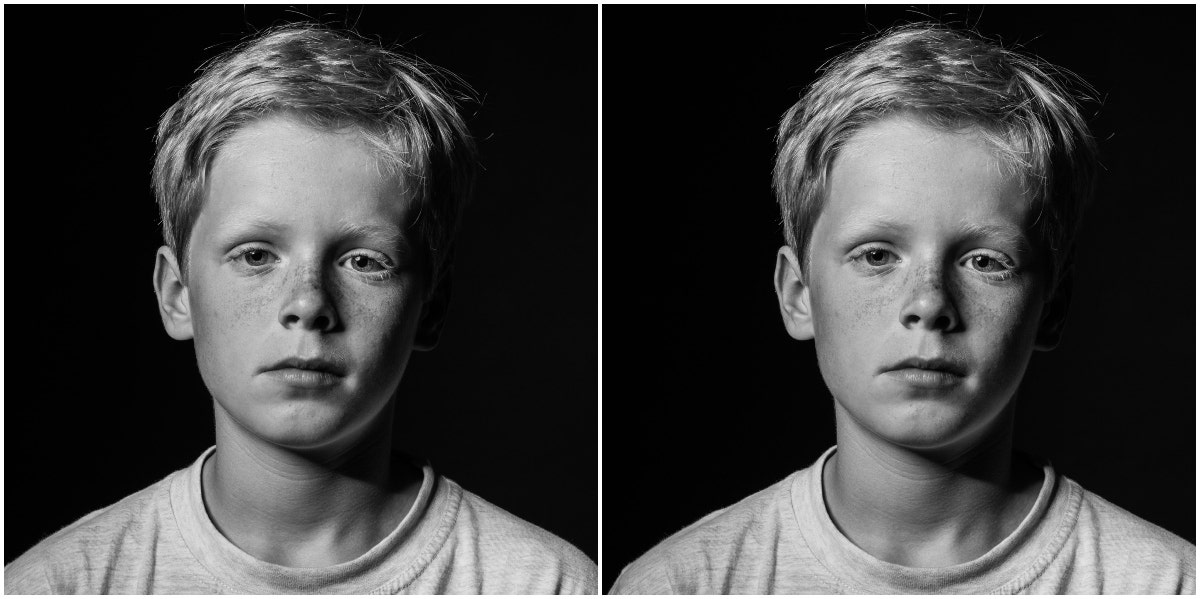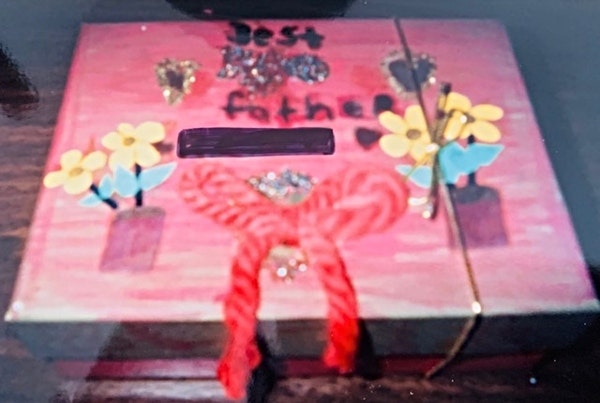How To Help Children Cope With Death And Grief
Your child needs your support.
 getty
getty Experiencing grief is a heartbreaking moment in every person's life.
When someone you love is sick and may die, there are many different feelings. You may not get a chance to say goodbye.
This is very difficult and confusing for adults, but grief in children is even more so. In fact, explaining death to a child for the first time can leave parents stumped and confused.
RELATED: 10 Ways To Help Your Child Deal With Their Emotions & Feelings After The Death Of A Parent
In my experience, it has been very comforting when counseling children to help them express what the person who is ill or has died means to them and give them the opportunity to say goodbye when possible.
This helps them work through their grief.
Here are 4 tools parents can use to help children express their feelings of grief, look back on their memories with the person they lost, and finally say goodbye.
1. Let them talk about their feelings of grief.
These feelings will usually include great sadness. It may bring feelings of shock and numbness or disbelief when they hear about their death.
When the shock wears off, reality sets in. Then, the truth will become real.
It's common in these times of the COVID-19 coronavirus pandemic to feel angry due to not being able to be with your loved one at the time of their death in the hospital.
Ask them to express to you how they feel about the person who may die. Maybe share with you something the child felt that gave them a special bond.
I remember an eight-year-old girl telling me about her mother’s kindness, that she can still hear her mother's soft voice. Her father told her that her mother would always be in her heart, and she found this comforting.
I remember a nine-year-old boy telling me very poetically that after his father died. Every time he looked at the sky, he got tears in his eyes because he knew his father was in heaven.
Sometimes, children blame themselves for their loved one's death. They feel that if they were with them, they could have saved them or stopped their death.
2. Ask your child to write a letter to the person who died.
They should address it to them.
"Dear mom..."
"Dear dad..."
"Dear grandma..."
For some children, maybe it’s easier to write their feelings down and express what that person meant to them, instead of talking.
They can write about something special they shared or an experience they had together. They could also draw a picture, if it’s more age-appropriate.
I remember counseling with a nine-year-old girl who wrote a letter to her mom. She expressed sadness that her mother is not there with her, anger because her mom was the one that made her feel the happiest, and longing and wishing that her mother was still with her.
In another letter written by a 10-year-old girl to a grandparent, she tells them that she loves them, that she’s getting good grades, and that she’s in the fifth grade now. She also says that she and her family feel sad. She draws hearts all over the letter.
3. Ask your child to draw a self-portrait.
I've found this to be a favored exercise. They must use color as an expression of their feelings.
For example, the color red has often been used to show they are mad, blue for sad, and white for alone.
Have them draw a color chart at the bottom of the picture showing what color goes with what feelings. Red means mad, blue means sad, and so on. Then, you can have them explain it to you.
4. Create a very special Grief Box.
The child gets a box or memento, and decorates it any way they want. They can put the loved one’s name on the top of the box.
Ask them to put anything that's meaningful to them and their loved ones inside. This can also include pictures, letters, drawings, and knick-knacks.
Some children will want to tell you and show you what they put in the box. Let them know that they can tell you, or they can keep it private.
Show them that they can put the box in a special place that they pick, like their bedroom.
I have a picture of a grief box included to show you, with the name blacked out.

Especially at a difficult time like this, children need to be reassured that they are safe and that they feel loved.
If you would like to see more examples of what children have written or drawn for me during my counseling sessions with them, please visit my website at mindilampert.com or see my book, Elementary Thoughts.
Mindi Lampert is a Licensed Mental Health Counselor and has counseled more than 10,000 children over the years. Her book, Elementary Thoughts, is written especially for parents as a tool of parental enlightenment and awareness into a child’s thoughts, insights, pressures, and fears. For more information, visit her website.

